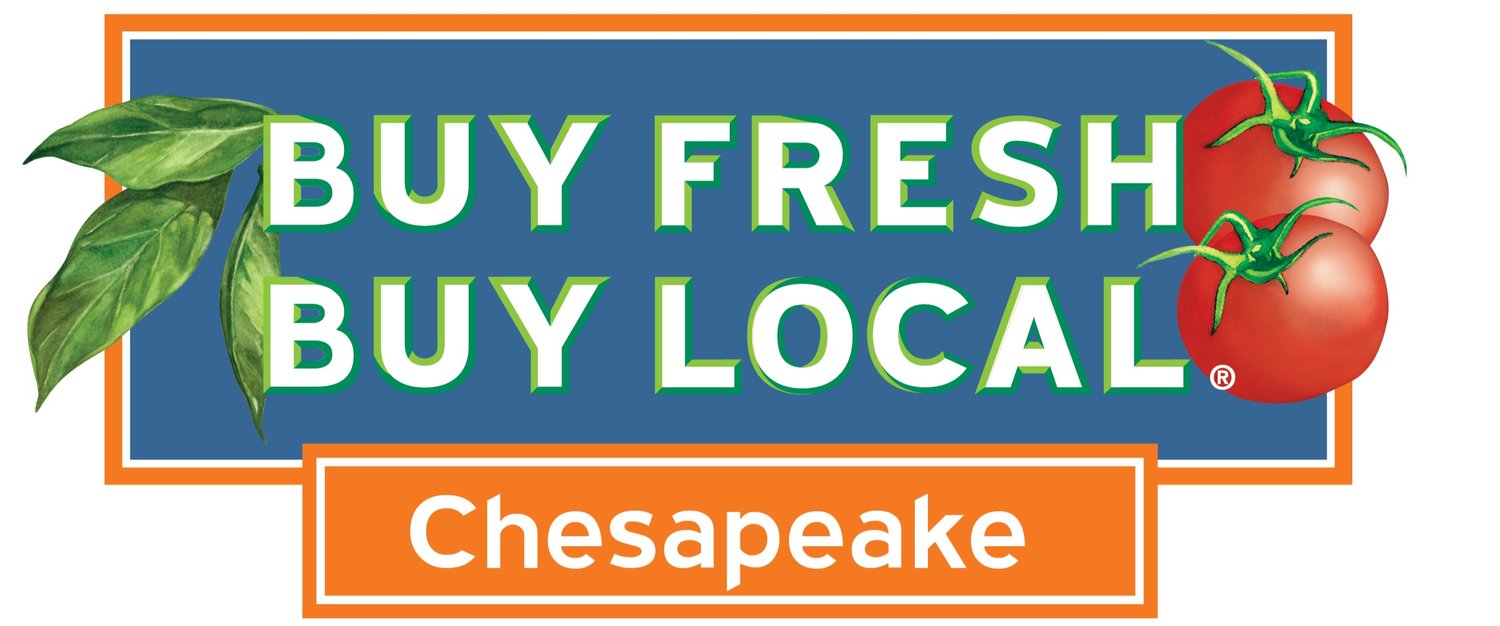Agriculture Initiatives
When farmers implement effective conservation practices, agriculture is one of the best land-use practices for a healthy Bay. These practices, also referred to as "sustainable agriculture," reduce polluted runoff and soil erosion. Among them are preserving and planting forested stream buffers, fencing cows out of streams, and moving to grass or pasture-based production.
-

Clagett Farm
Clagett Farm, a 283-acre working farm under CBF, showcases sustainable farming practices that benefit both the environment and the economy, employing regenerative agriculture to enhance soil health, water quality, and climate resilience while running a Community Supported Agriculture (CSA) program, raising grass-fed livestock, and nurturing a native tree nursery for restoration efforts throughout the Chesapeake Bay watershed.
-

Million Acre Challenge
The Million Acre Challenge helps Maryland farmers build soil health, increase farm profitability, and improve water quality—while making farms resilient and active in the face of climate change. This farmer-focused collaborative uses soil health science, economics, education, and incentives to achieve its goal to achieve one million agricultural acres in Maryland using healthy soil techniques by 2030.
-

Maryland Grazers Network
Through the Maryland Grazers Network, dairy farmers are proving that sustainable farming can help increase profits. Developed by Clagett Farm and led by CBF Maryland Restoration Scientist Rob Schnabel, the network is a mentorship program. It provides farmers with technical assistance and expertise, financial management, marketing, and funding to help them transition to grass-fed livestock..
-

Lands Restoration
For over 20 years, CBF has planted forested streamside buffers (a.k.a. "riparian buffers") as part of larger full-farm restoration projects. This has been scientifically proven to be the most effective and least costly best management practice for preventing pollution of our rivers and streams and is a great way for farmers to improve the quality of the streams running through their farmland.
Photo Credits: 1) Roshani Kothari; 2) Will Parson
